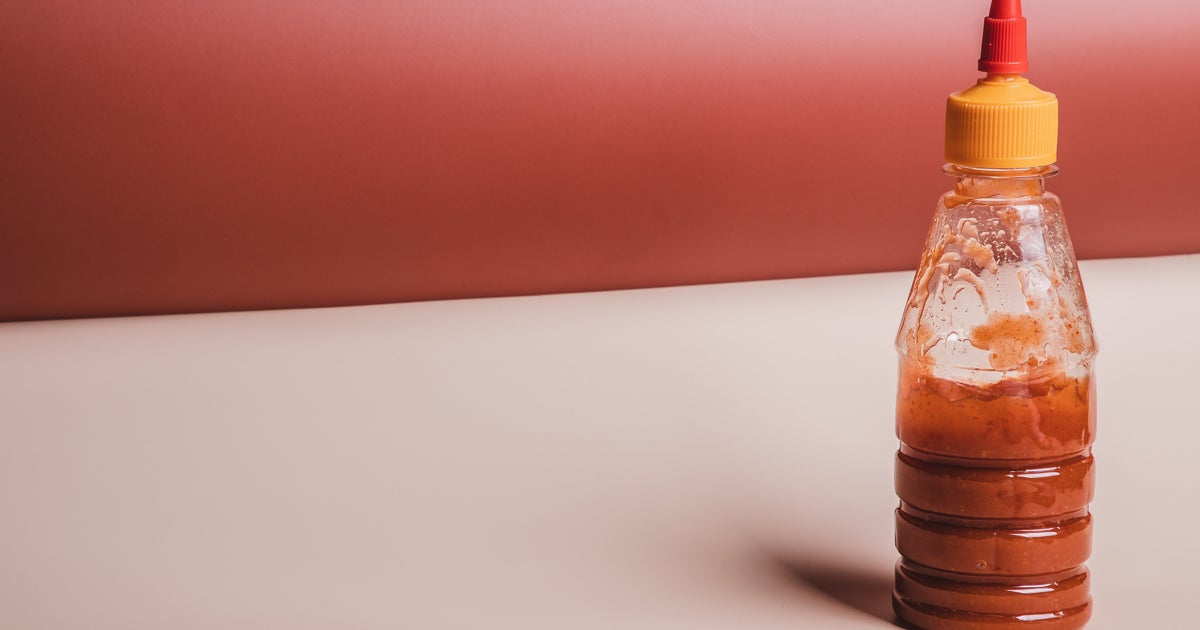Do you have a collection of hot sauces in your kitchen? During my childhood, my family always stored our assortment of spicy condiments in the refrigerator. However, storing preferences can vary, with some individuals opting for room temperature to avoid shocking warm food or to save fridge space. Unfortunately, personal preference is not a reliable method for determining how hot sauce should be stored. The good news is that the ingredients in the sauce can help determine whether refrigeration is necessary, and it’s relatively easy to find this information.
If you’re wondering where you should store your stash of hot sauces, HuffPost spoke with food safety experts to get the scoop. The key to knowing the best storage location for hot sauce lies in understanding its ingredients. “Hot sauces contain salt, vinegar, and capsaicin, the heat compound in chilis, all of which contribute to their safety,” says Gill Boyd, a chef-instructor of culinary arts at the Institute of Culinary Education. Capsaicin acts as a bacteria preventer, and vinegar’s acidity also plays a role in preserving the sauce. Many commercially-made hot sauces have vinegar as a base, making them particularly shelf-stable.
To determine if a sauce is vinegar-based, Boyd advises checking the label. “Vinegar will be listed as the second ingredient after the peppers,” she explains. Even though refrigeration might not be necessary for a vinegar-based hot sauce, storing it in the fridge can help preserve its color and flavor for a longer period. While vinegar is a natural preservative, many hot sauces also contain additives or preservatives that provide shelf stability. Xanthan gum, a common stabilizer and binder, prevents separation of ingredients in commercially-made hot sauces.
However, if you’re using an artisanal brand or making your own hot sauce without any additional preservatives, refrigeration is likely required. “Natural and homemade sauces might require refrigeration due to their lack of preservatives,” Boyd explains. Chili crisp sauces, which typically aren’t vinegar-based, also need to be refrigerated. Additionally, sauces made with fruit, such as mango, pineapple, or tomato, should be stored in the fridge to prevent spoilage. The sugars in these fruits weaken the acidity of the sauce. Oil-based hot sauces should be refrigerated once opened to avoid rancidity. “If oil is the second ingredient, refrigeration is recommended to prevent potential bacterial growth,” says Allie Echeverria, a registered dietitian.
If you’re unsure about the optimal storage location for your hot sauce, a simple solution is to read the label. Many sauces will provide specific instructions to refrigerate after opening to maintain freshness and flavor. Boyd suggests storing hot sauce that can be stored at room temperature in a dark and cool area, such as a cupboard, away from direct sunlight or heat sources. These conditions can promote bacterial growth and expedite the sauce’s spoilage.
Even if refrigeration is not necessary for food safety, storing hot sauce in the fridge can offer additional benefits. Cold storage can prevent oxidation, which can alter the color and flavor of the sauce. Glass or clear packaging is susceptible to light exposure, which can affect the sauce’s quality and flavor intensity. Cooler storage slows down chemical processes that contribute to changes in color and flavor profiles.
When it comes to the shelf life of hot sauce, it doesn’t last indefinitely, even when stored properly. The duration varies depending on factors such as the sauce’s composition and storage location. “Hot sauces made with additives and preservatives may potentially last one to two years or even longer,” says Boyd. However, artisanal or homemade hot sauces typically last around six months to a year when refrigerated.
While a hot sauce may still be safe to consume beyond its recommended timeframe, its flavor tends to decline over time. “Quality generally decreases over time, although it may do so very slowly,” says Linda J. Harris, a professor of microbial food safety at the University of California, Davis. Minor differences in quality may be challenging for most people to discern. To determine if a hot sauce is no longer suitable for consumption, look out for signs such as changes in color or taste, a crust forming under the cap, or the growth of mold. According to Echeverria, if you notice any mold growth, it’s time to discard the sauce.
In summary, while personal preference plays a role in storing hot sauce, it’s essential to consider the ingredients and instructions on the label. Vinegar-based sauces and those with preservatives tend to be shelf-stable, while artisanal or homemade varieties may need refrigeration. Fruit-based or oil-based sauces should also be stored in the fridge. Regardless of food safety requirements, refrigeration can help maintain the sauce’s color and flavor. Hot sauces have a varying shelf life, so it’s best to use your judgment and look for signs of spoilage before deciding whether to consume or discard the sauce.
Denial of responsibility! Vigour Times is an automatic aggregator of Global media. In each content, the hyperlink to the primary source is specified. All trademarks belong to their rightful owners, and all materials to their authors. For any complaint, please reach us at – [email protected]. We will take necessary action within 24 hours.


